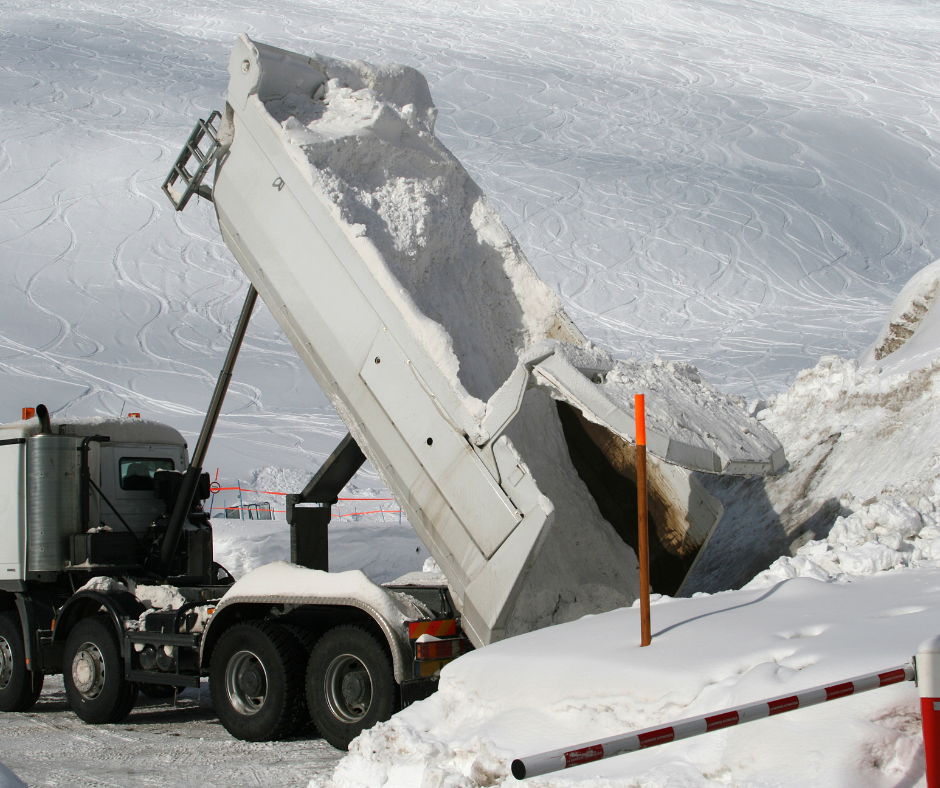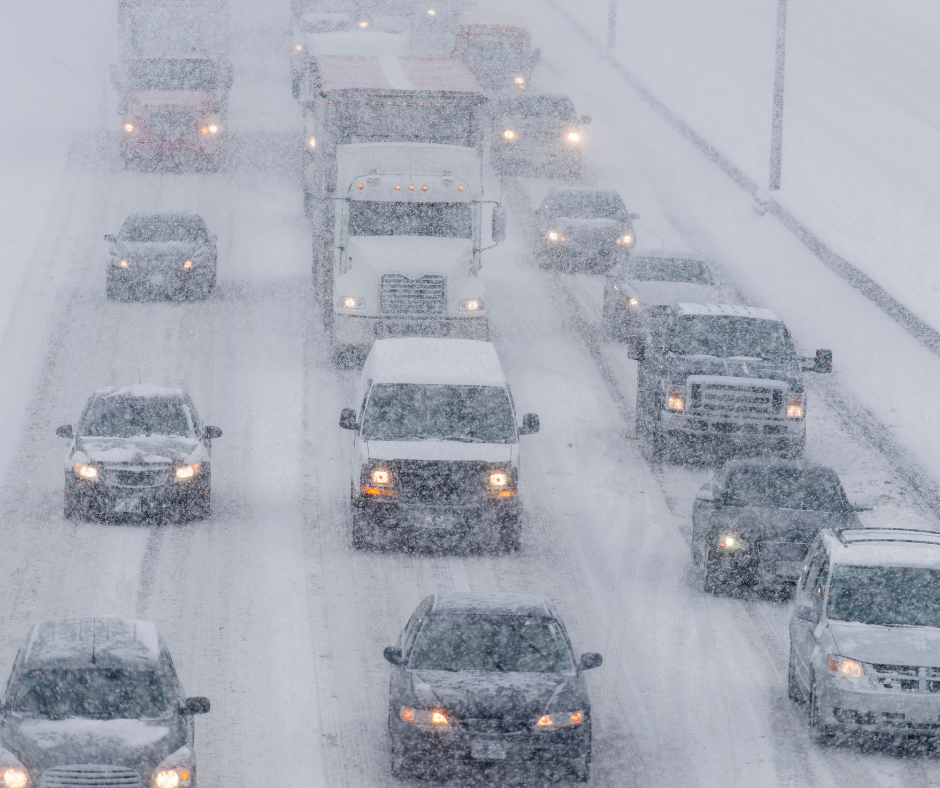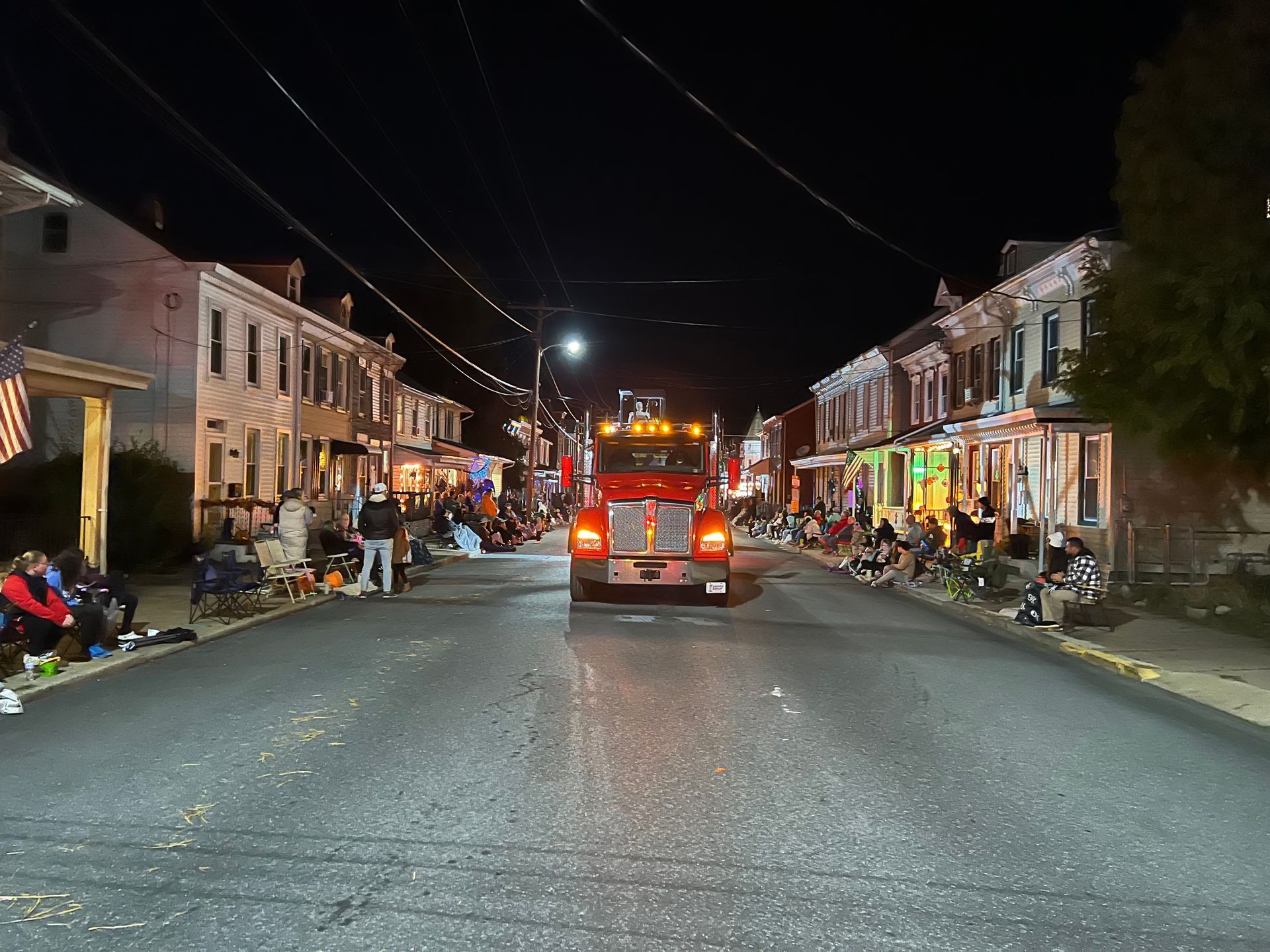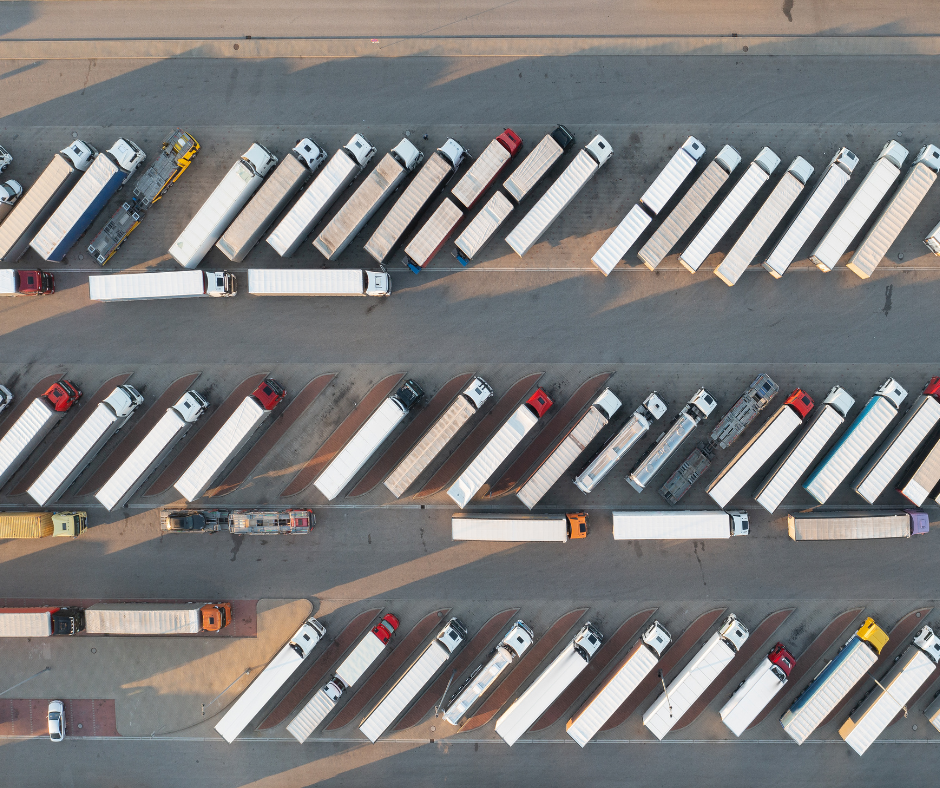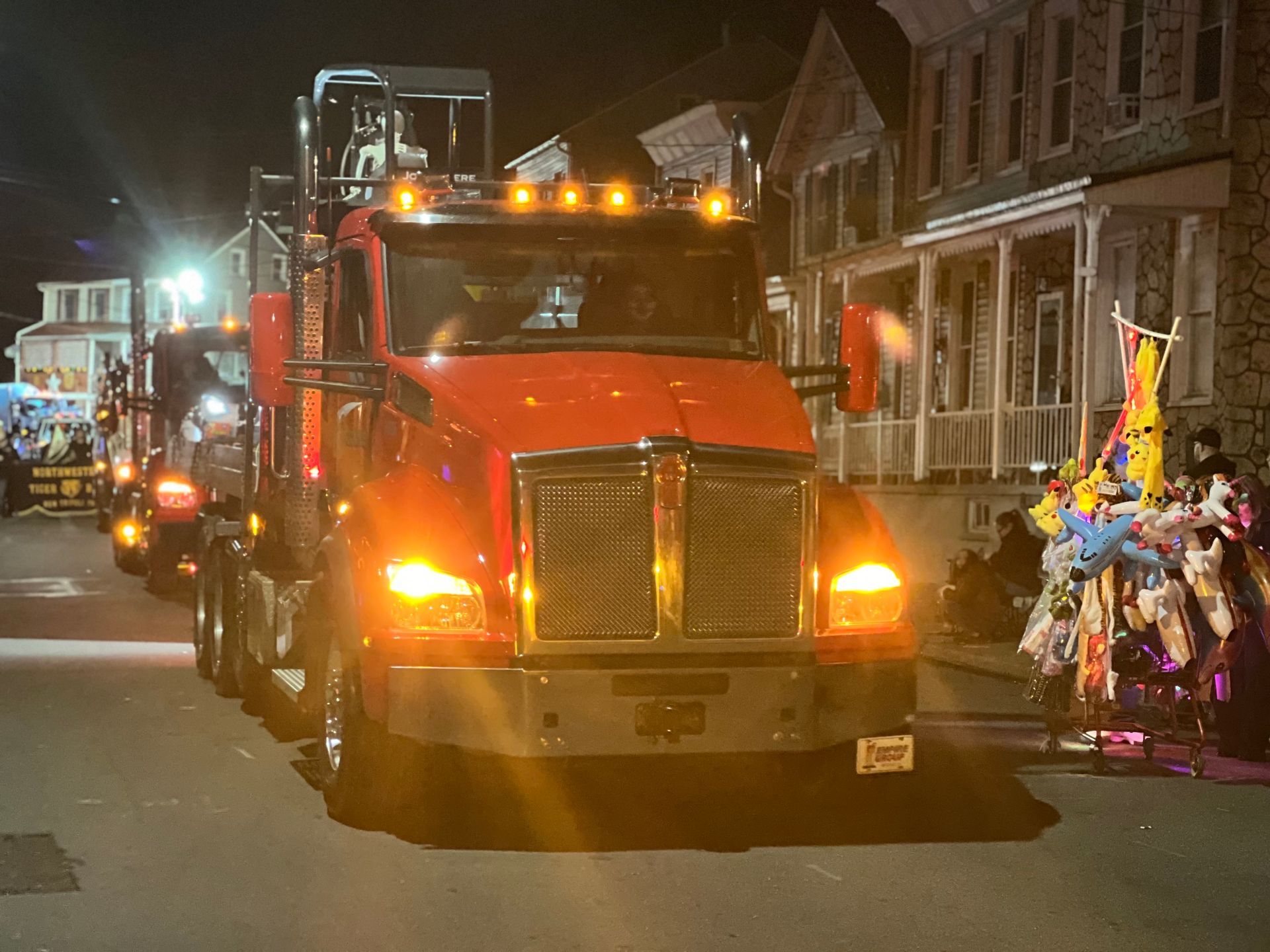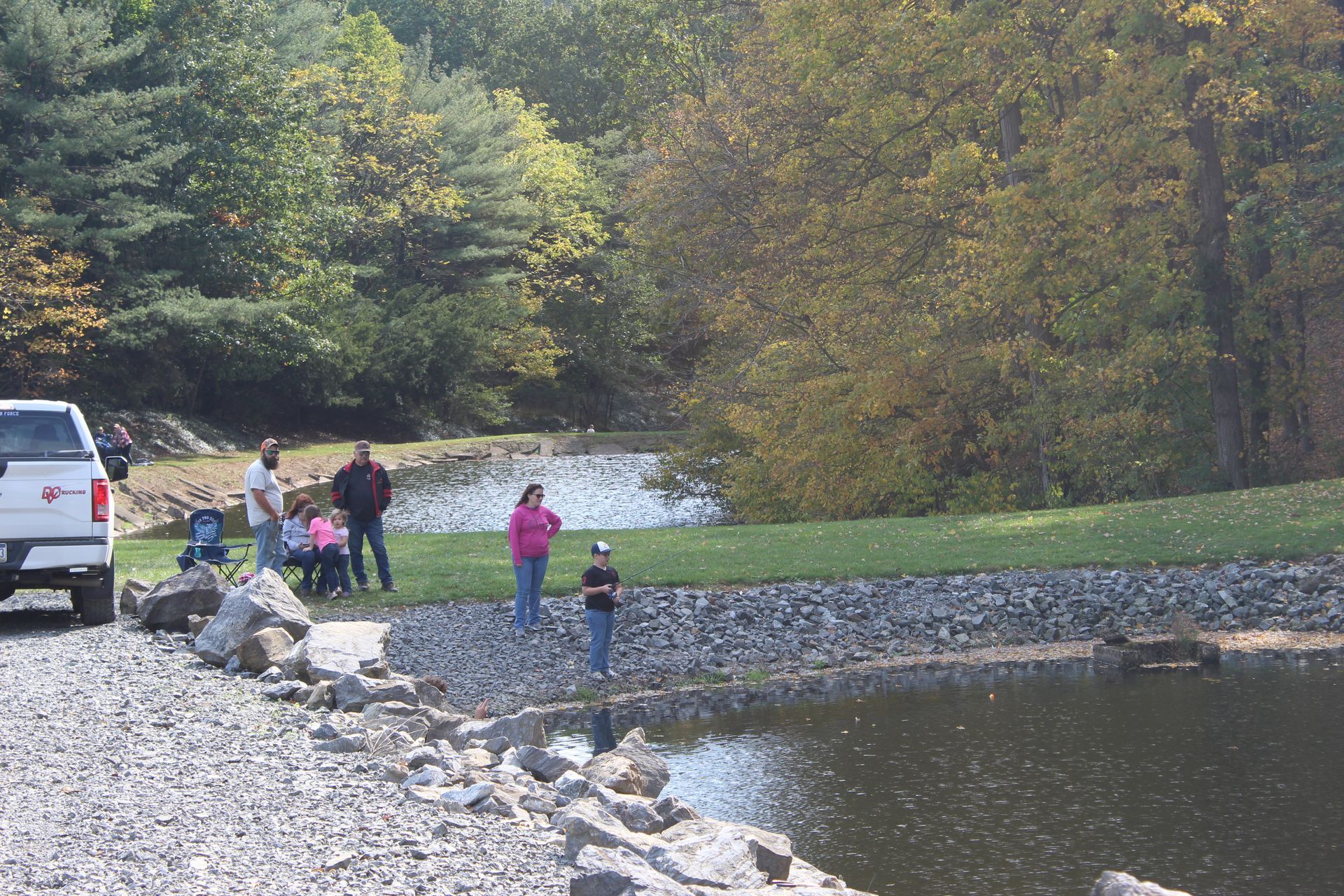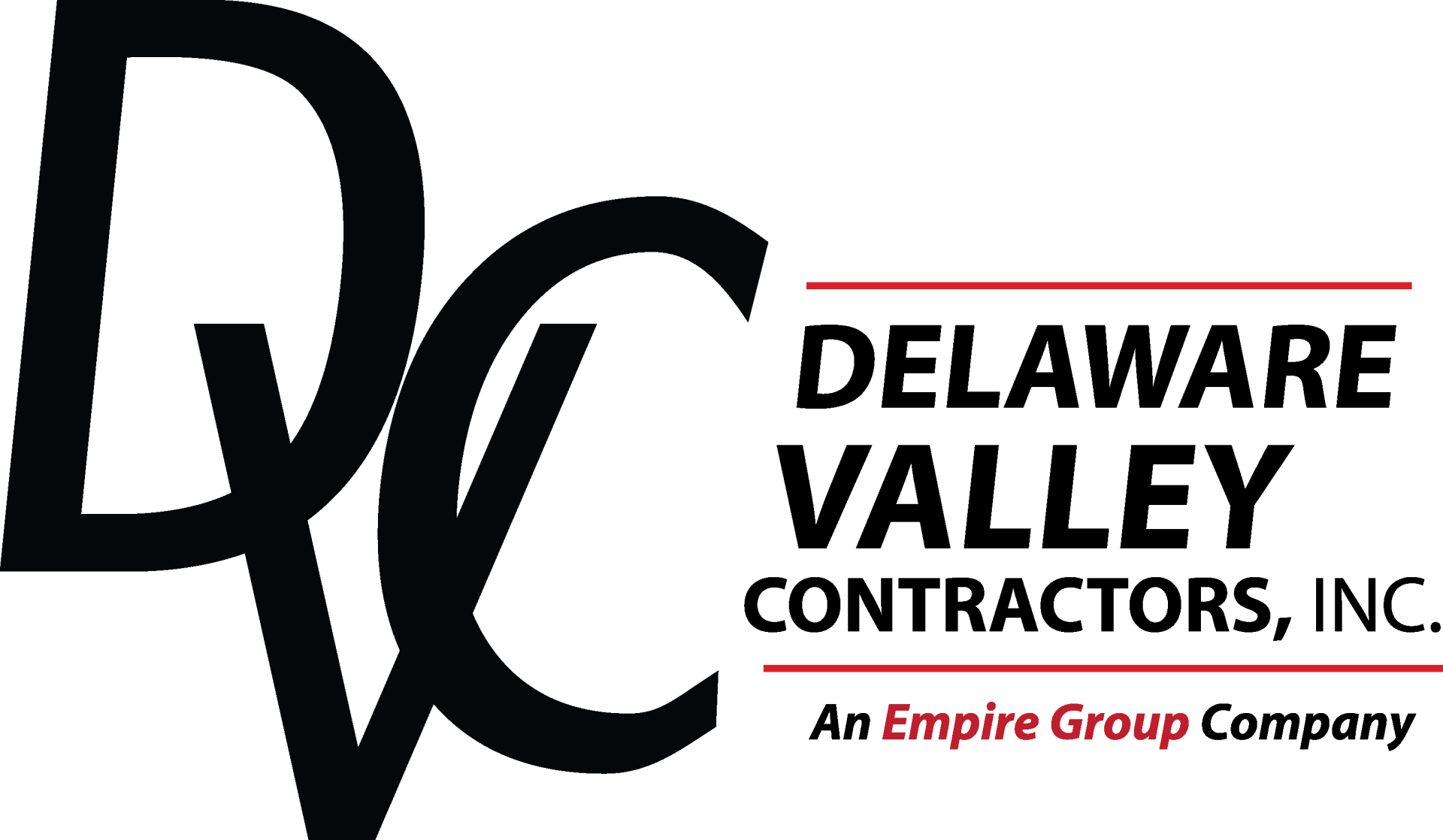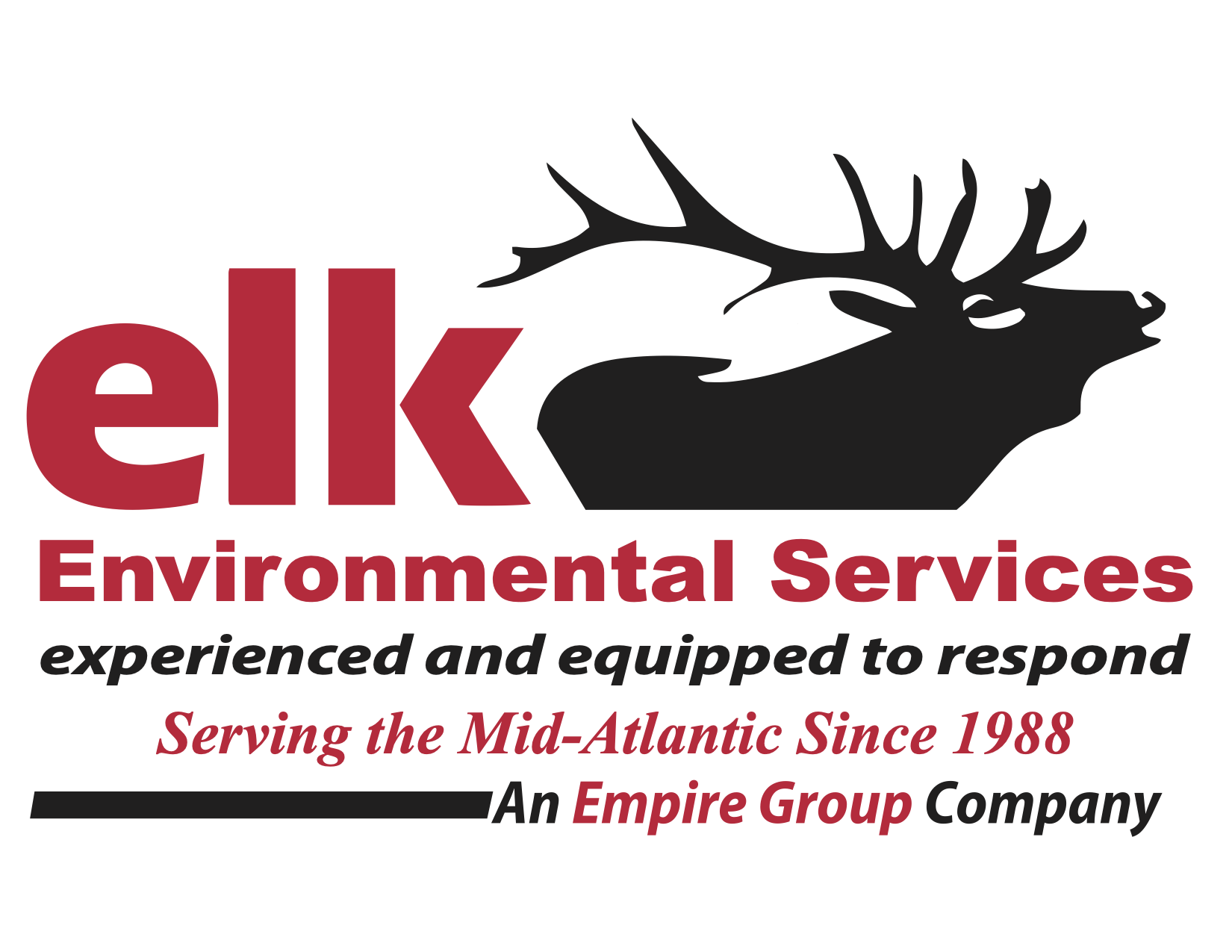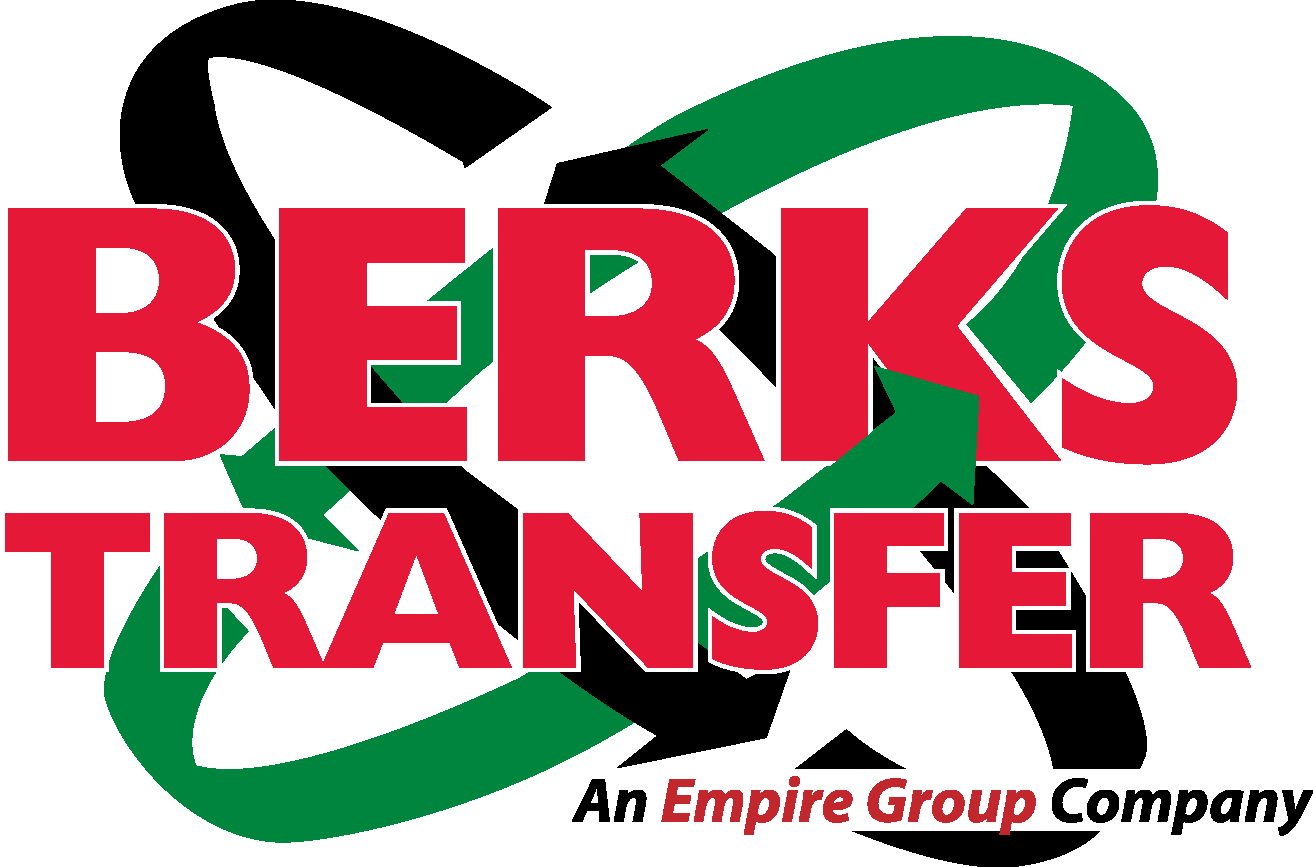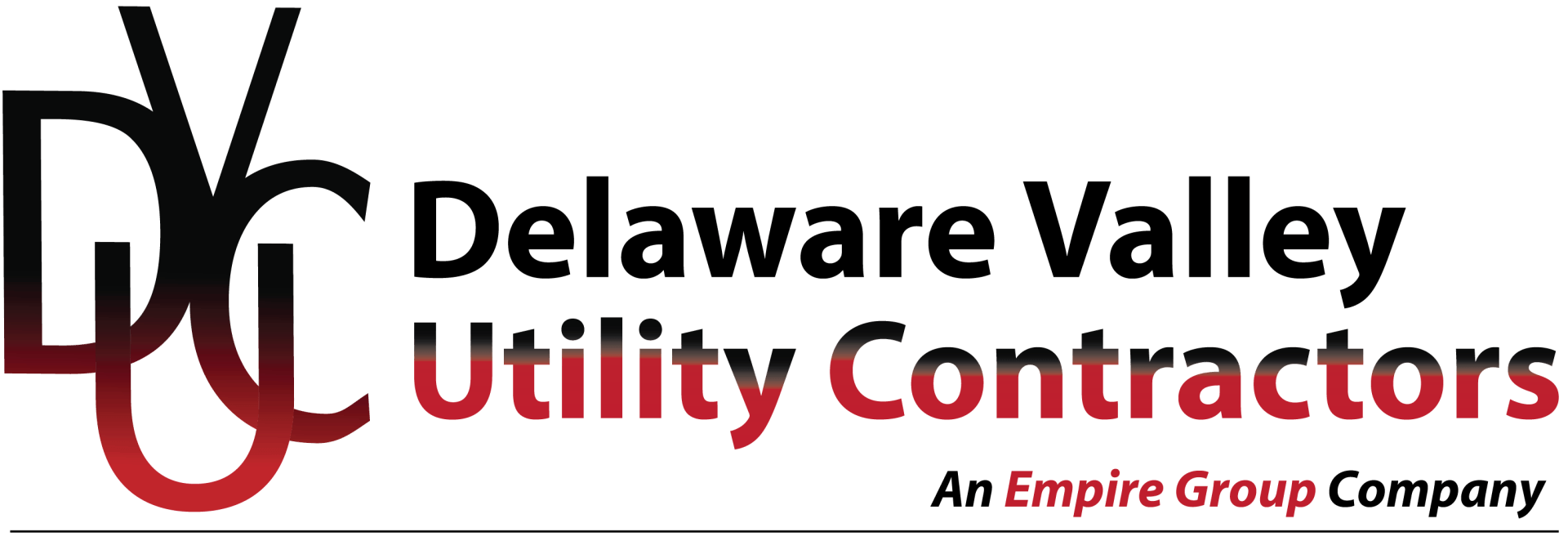Top 5 Causes of Bottlenecks in Road Transportation
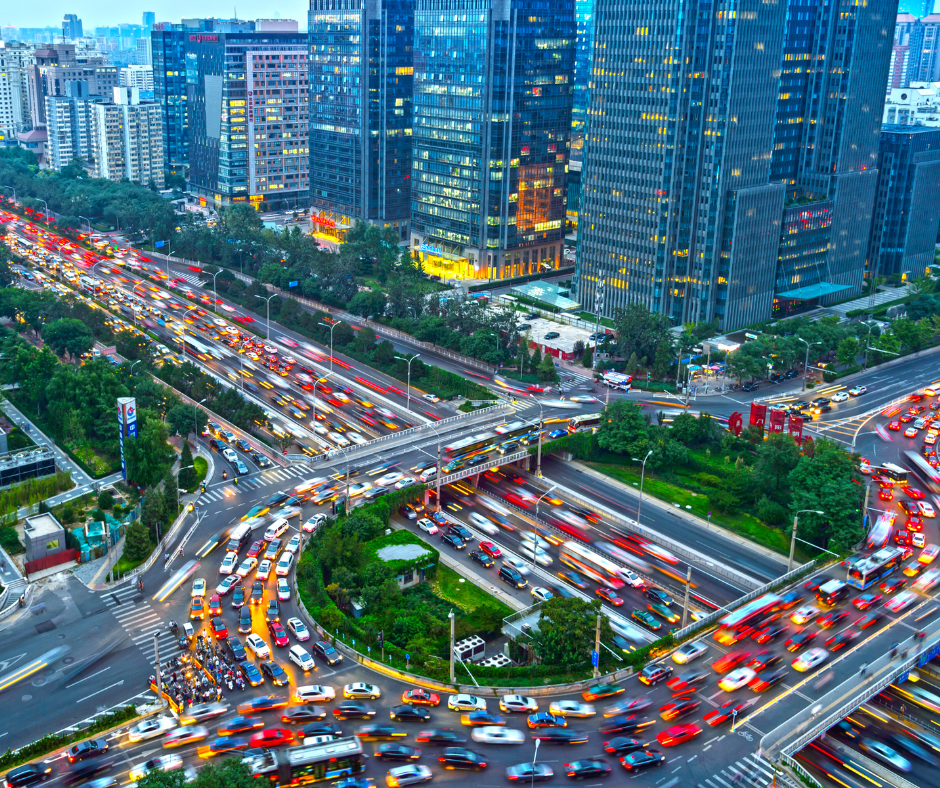
Bottlenecks in road transportation are a common challenge that businesses and commuters face on a daily basis. These disruptions can lead to costly delays, increased fuel consumption, and inefficiencies that ripple throughout the supply chain. And truck speeds continue to decline as bottlenecks across the country increase. The American Transportation Research Institute (ATRI) revealed in its annual freight bottleneck survey the average truck speed at 66 of the top 100 bottlenecks is below 45 mph. But what causes bottlenecks? Let’s take a look at the top five causes of this infuriating road transportation issue.
1. High Traffic Volume
The most obvious and frequent cause of road transportation bottlenecks is simply too many vehicles on the road. As cities grow and more vehicles are added to the roadways, traffic congestion becomes inevitable, especially during peak hours. High volumes of commuter traffic, delivery trucks, and private vehicles can create slowdowns, particularly on major highways and urban streets. The worst freight bottleneck in the nation for seven years in a row is the intersection of I-95 and State Route 4 in Fort Lee, New Jersey.
2. Road Construction and Maintenance
Road construction projects, while necessary for maintaining and improving infrastructure, can often result in temporary lane closures or reduced traffic lanes. When roadwork is underway, it can slow down traffic flow, cause backups, and create bottlenecks that extend for miles. This issue is particularly problematic in busy urban areas where infrastructure is already stretched thin.
3. Accidents and Incidents
Accidents and breakdowns are unpredictable events that can lead to significant bottlenecks on the road. Even minor accidents can cause traffic to come to a complete standstill while authorities work to clear the scene. In high-traffic areas (i.e., two-lane roads), this can create a domino effect, causing delays for hours.
4. Inefficient Intersections and Traffic Signals
Poorly designed intersections and outdated traffic signals can contribute to bottlenecks by slowing down the movement of vehicles. In areas where traffic lights are not timed effectively or intersections are too congested, vehicles can spend long periods waiting to get through. This is especially true in cities with high vehicle density.
5. Insufficient Road Infrastructure
Sometimes, the roads themselves are simply not equipped to handle the volume of traffic they receive. Narrow lanes, outdated bridges, and roads with limited capacity can quickly become overwhelmed when traffic volume exceeds their design capacity. This is especially true in rapidly growing cities or areas where infrastructure hasn’t been updated in decades.
Bottlenecks in road transportation are a multifaceted problem that affects both businesses and daily commuters. By understanding the primary causes—high traffic volume, road construction, accidents, inefficient intersections, and inadequate infrastructure—stakeholders can take proactive steps to improve traffic flow and reduce delays. Investing in smarter traffic management, better infrastructure, and more efficient logistics can make a world of difference in ensuring smoother, faster travel on our roads.
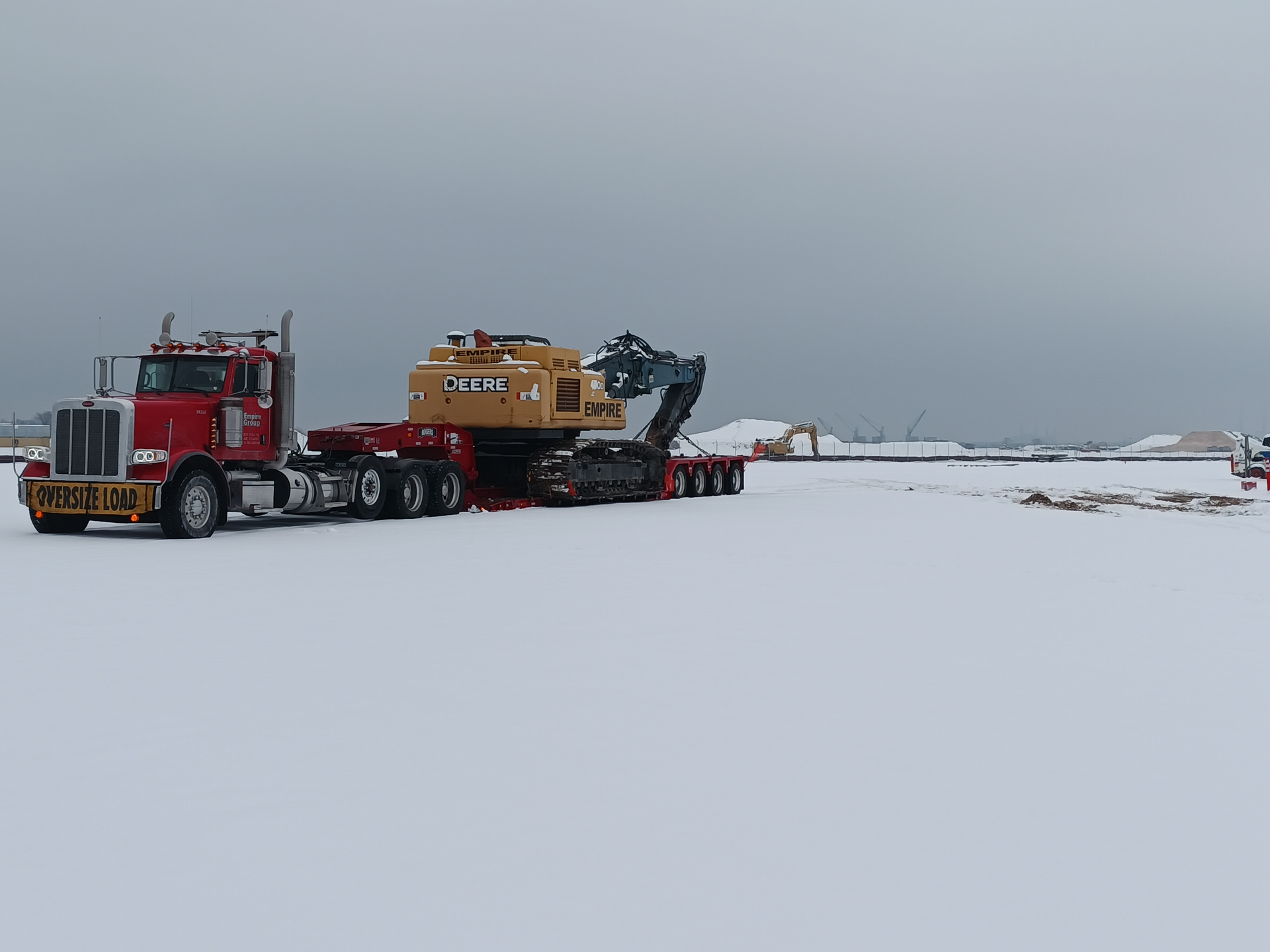
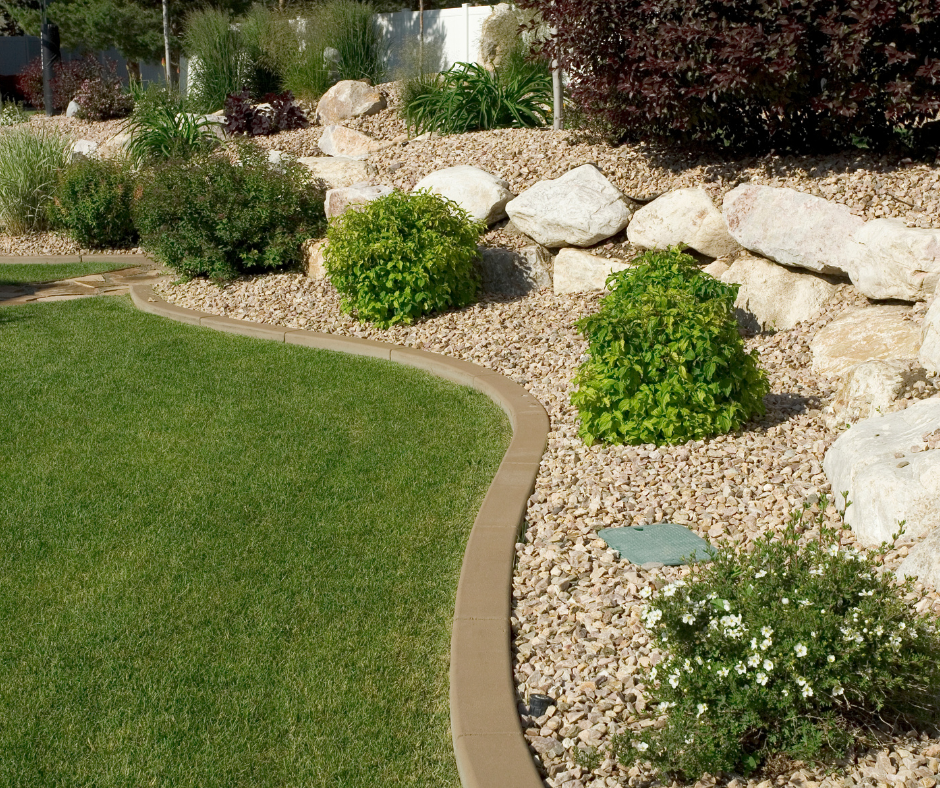
How DVC's Trailers Are Perfect for Transporting Mulch, Stone, Sand and Soil for Landscaping Projects

